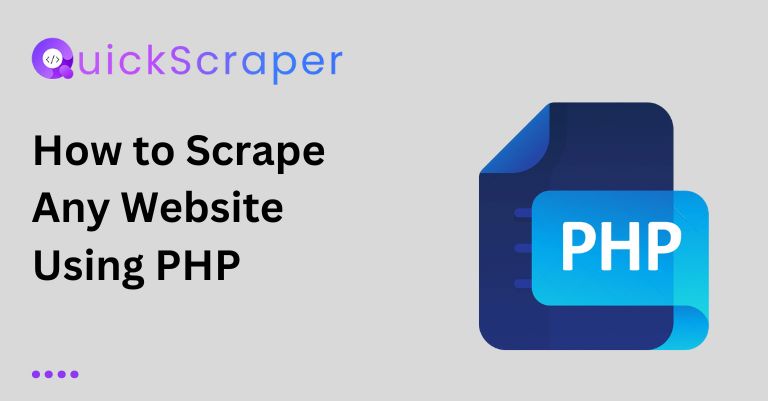
How to Scrape Any Website Using PHP
How to Scrape Any Website Using PHP Do you hate manually copying and pasting data from websites? With web scraping, you can automate the

In the ever-evolving landscape of the digital age, data has emerged as a valuable currency. Extracting insights, monitoring trends, and making informed decisions depend on the ability to gather information from the vast expanse of the internet. Web scraping has long been the method of choice for accessing data from websites, but as websites have become more dynamic and complex, traditional scraping techniques face challenges in terms of speed, efficiency, and evading anti-bot measures. This is where the concept of “headless web scraping” comes into play—a technique that not only addresses these challenges but also enhances performance, scalability, and resilience. In this comprehensive guide, we will dive deep into the world of headless web scraping, exploring its fundamentals, benefits, and the reasons why it’s a must-have tool in your data extraction toolkit.
At the heart of headless web scraping lies the concept of a “headless browser.” Unlike traditional browsers that have a graphical user interface (GUI) for user interaction, headless browsers operate without a visual interface, making them well-suited for automated tasks. This approach lays the foundation for headless web scraping.
Conventional web scraping involves loading a webpage in a browser, rendering its content, and then extracting the desired data. While effective, this process consumes resources and time due to the graphical rendering. In contrast, a headless browser operates in the background, rendering only the necessary components to retrieve data. This streamlined approach translates to significantly improved performance, making headless web scraping a game-changer for data extraction tasks of all sizes.
Implementing headless web scraping requires utilizing tools and libraries designed for this purpose. Some popular options include:
In a data-driven world, the ability to extract information swiftly, efficiently, and accurately is paramount. Headless web scraping emerges as a transformative technique that not only addresses the limitations of traditional methods but also elevates your data extraction capabilities to new heights. By leveraging the power of headless browsers, you can streamline your data acquisition processes, navigate the complexities posed by anti-bot measures, and access valuable insights from an array of websites. Whether you’re a business seeking to gain a competitive edge or a researcher delving into uncharted data territories, headless web scraping is a tool that promises enhanced efficiency and unparalleled possibilities. Embrace the future of web scraping—embrace the power of headless. Your data journey has never been more efficient, scalable, and empowering.

How to Scrape Any Website Using PHP Do you hate manually copying and pasting data from websites? With web scraping, you can automate the
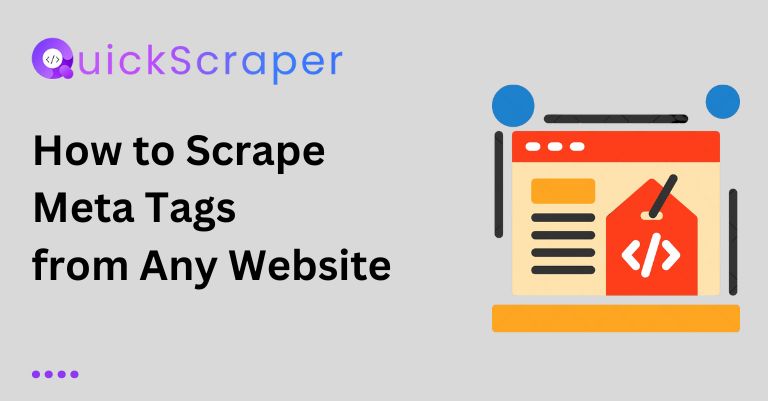
How to Scrape Meta Tags from Any Website Meta tags are snippets of text that describe a website’s content, and search engines use them to
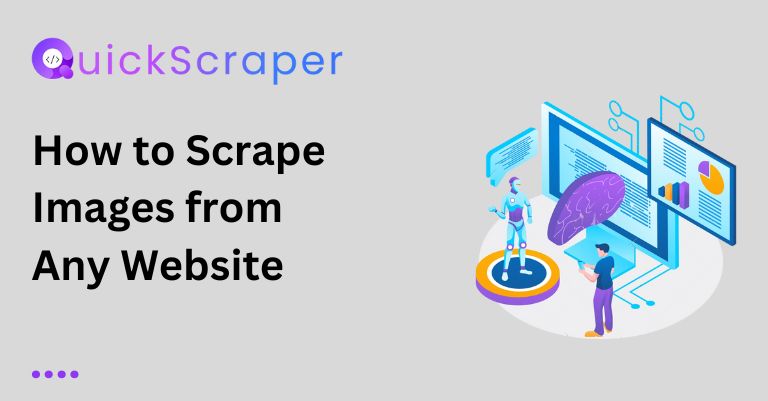
How to Scrape Images from Any Website Scraping images from websites can be a useful technique for various purposes, such as creating image datasets, backing
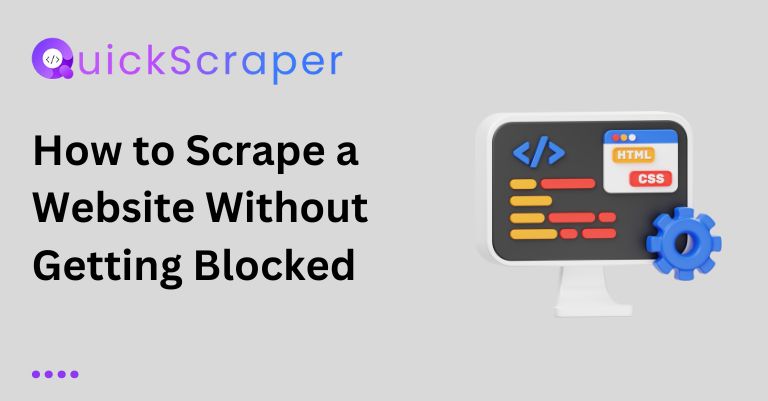
How to Scrape a Website Without Getting Blocked: A Developer’s Guide Web scraping, as a powerful tool, is beneficial for developers, giving them the power
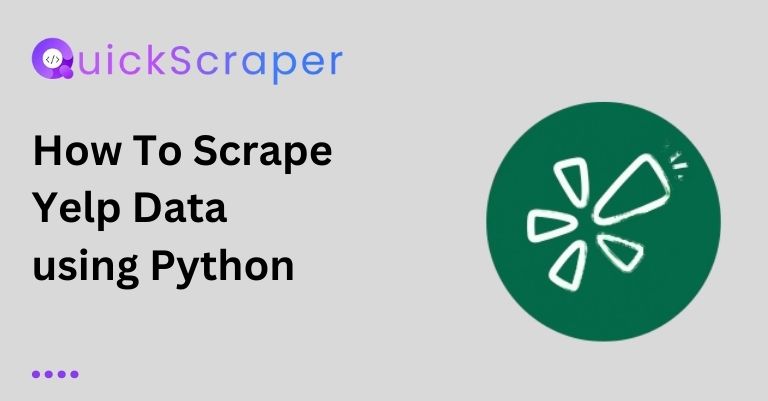
How To Scrape Yelp Data using Python Web scraping is the process of extracting data from websites automatically. In this blog post, we’ll learn
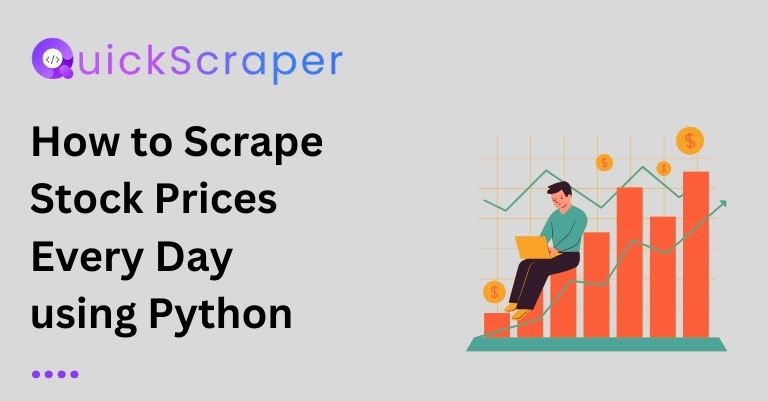
How to Scrape Stock Prices Every Day using Python In this blog post, we will learn how to scrape stock prices from a financial website
By clicking “Accept”, you agree Quickscraper can store cookies on your device and disclose information in accordance with our Cookie Policy. For more information, Contact us.